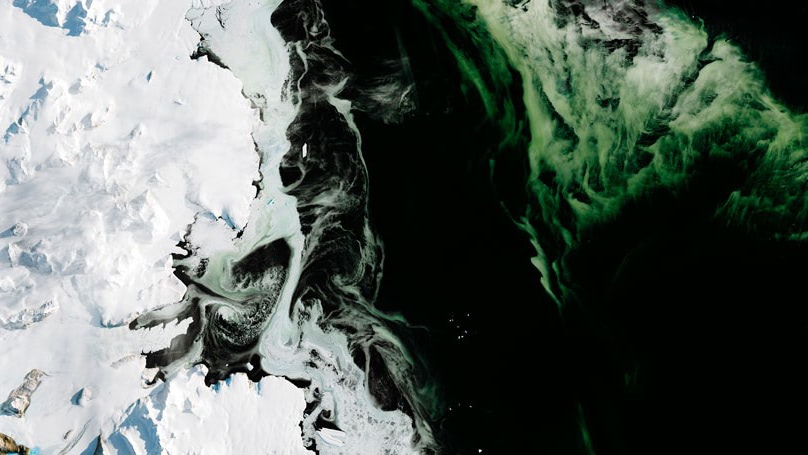Try looking online for images of ‘Antarctica’ and rest assured you will have a series of enchanted pristine white landscapes presented to you on a silver platter. Well that’s about to change as rising temperatures have boosted the growth rates of seasonal moss on the southern part of the continent over the last 50 years.
Let’s start by saying that the continent is not entirely turning green, but it will become greener than it was before - and this is challenging the area’s ecological landscape. A team of scientists at the University of Exeter researching moss bank cores found that such diminutive plants are growing at an accelerated pace in comparison to the last five decades.
Moss in general grow very slowly and only when wet, so it will grow faster if you keep it from drying up. Not a problem with melting icecaps. Testing five cores from three sites, the researchers analyzed data from the last 150 years and found clear evidence of ‘changepoints’ (meaning points in time where biological activity distinctly increased) for the continent to display evidence of shifting climate patterns. This showed that the area had experienced rapid temperature increases, warming of about half a degree per decade.
Humanity has become a geological force, but as the saying goes, with great power comes great responsibility. To phrase it in the words of the newly elected French president, we need to "make our planet great again", as it is a collective effort - however in this case, turning green might not be the answer.
Sources: National Geographic, The Guardian, The Weather Channel

Share your thoughts and join the technology debate!
Be the first to comment